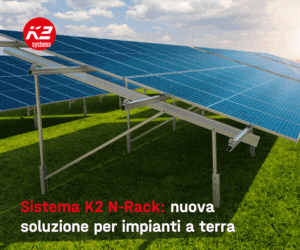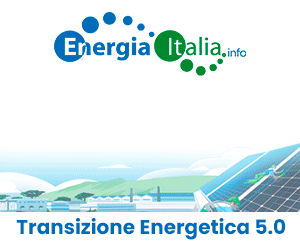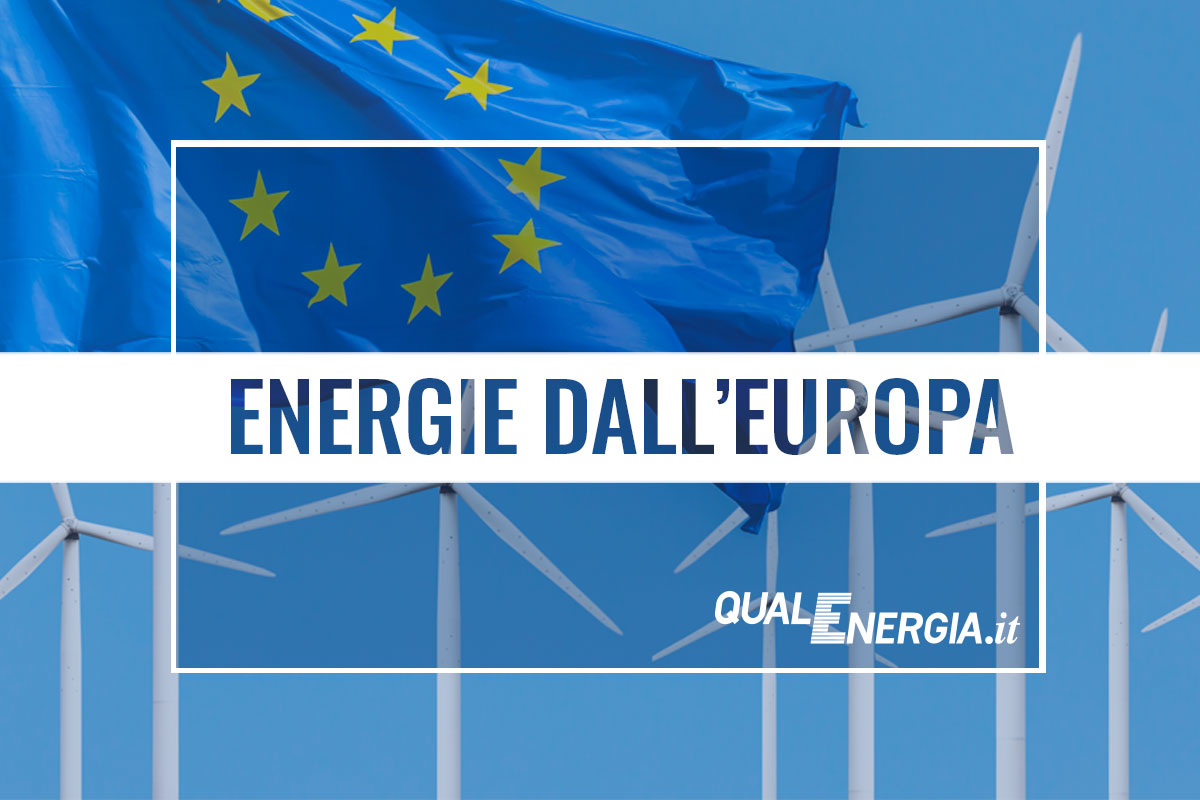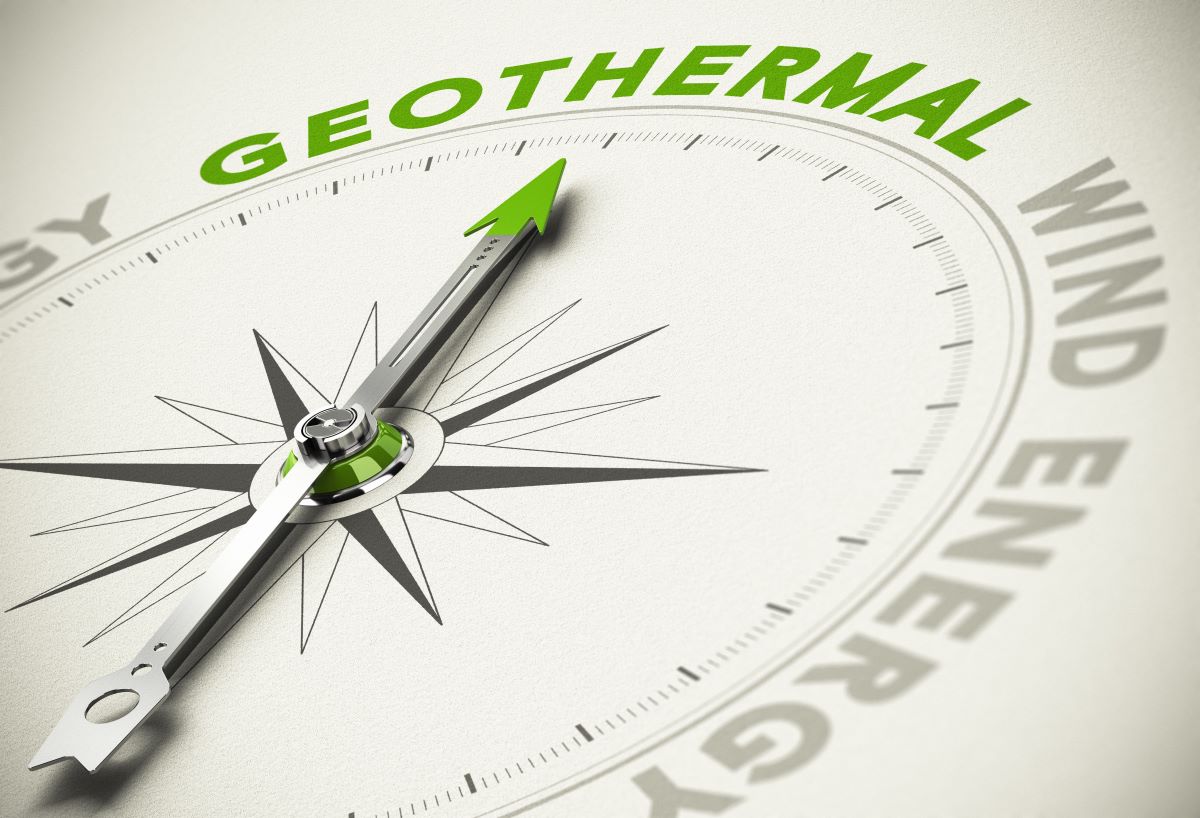Like a wave driven by the concerns for climate change and by the dangerous weakness of nuclear power, the intention of meeting the whole energy demand with renewable sources by mid-century is growing stronger every day.
In the last three years universities, counselling centres and government commissions have drawn up reports investigating this option, particularly for the electricity sector.Now these analyses are used to define long-term strategies. The European Commission has provided for the total decarbonisation of power generation by 2050. Some States have gone even further. Denmark, for instance, has provided a path to disengage completely from fossil fuels by mid-century on the basis of the analyses carried out by its own Commission on climate change policies (Denmark’s Road Map for Fossil Fuel Independence).
To accelerate the change in energy strategies, Erec, Eufores and Greenpeace have submitted a petition to EU leaders, “100% renewable energy in Europe by 2050,” which was relaunched by the Kyoto Club. This is a sea change. For Europe it means to make renewables grow from 10% to 100% in 40 years, gradually shrinking the share occupied by fossil fuels during the last 150 years.
What are the elements that foster and what are the obstacles that impede a transition of this magnitude? A first positive element is given by the significant efficiency margins that can reduce the energy demand by 20-30% for the same service provided with an economic benefit to the community. To this we should hopefully add a review of lifestyles – just think of the irrationality of urban mobility in Italy.
A second driver is the mass of investments made in recent years in the installation of new systems using renewable sources.About half the 194 GW installed last year in the world are made up of systems powered by green energy.
A third positive factor is the rapid technological development in a context conducive to the promotion of renewables.PV power halved its prices in the last three years, and this leap has been achieved only thanks to the political will of a small number of countries decided to promote this option seriously.Investments in nuclear research are still enormous, but their drastic reduction in favour of renewable energy would accelerate the cutback in the cost of green energy.
There will certainly be several obstacles to this transition, starting with the strong interests involved in the dominant energy structure.There are many facilities, gas pipelines, LNG terminals, oil pipelines, power plants that are now being constructed or planned by 2020 and they would make little sense in this new context. The planning of these works should be reviewed in the light of the “100% renewable scenario”, with a drastic downsizing to ensure the transition phase and an emergency reserve.
For this reason, to avoid unnecessary choices, it is important that abroad debate on this issueis also started in our country as soon as possible.






















.gif)








